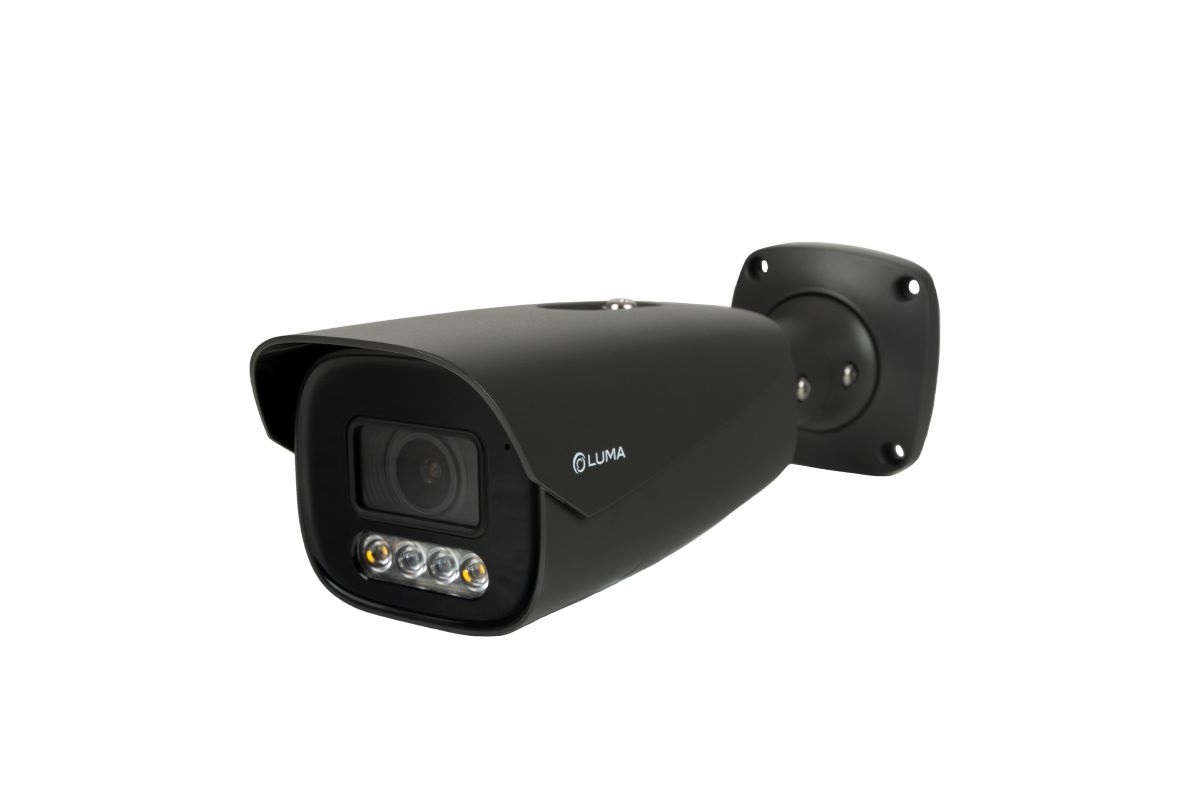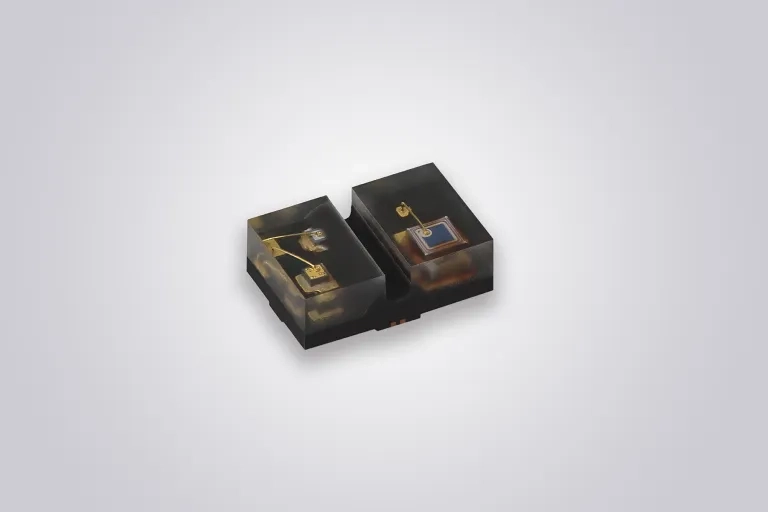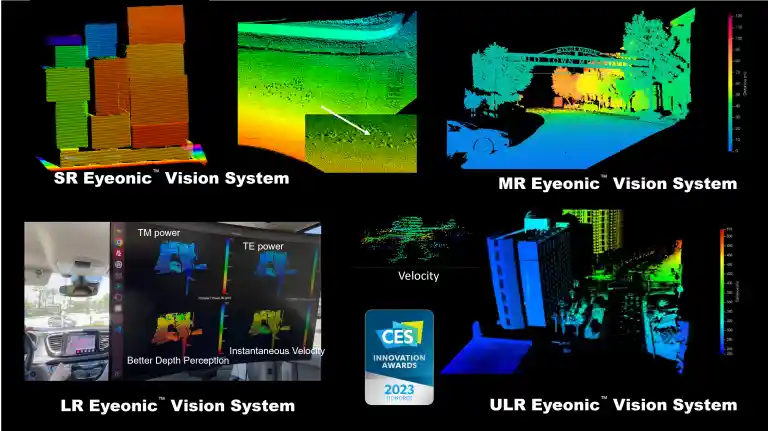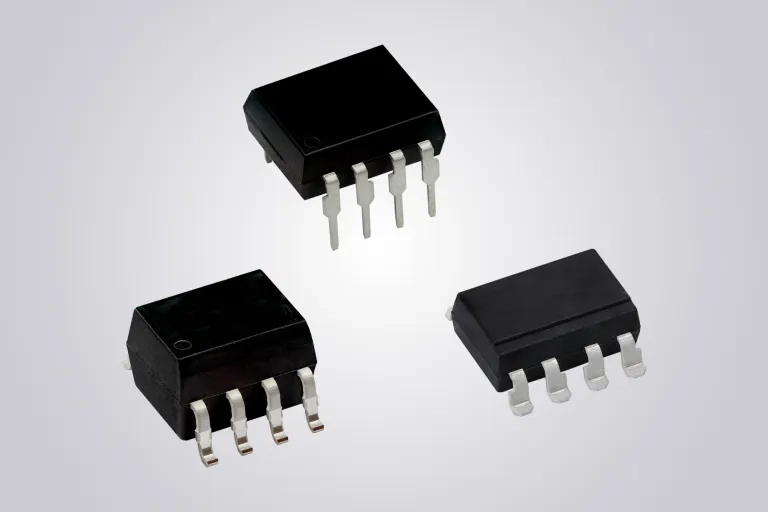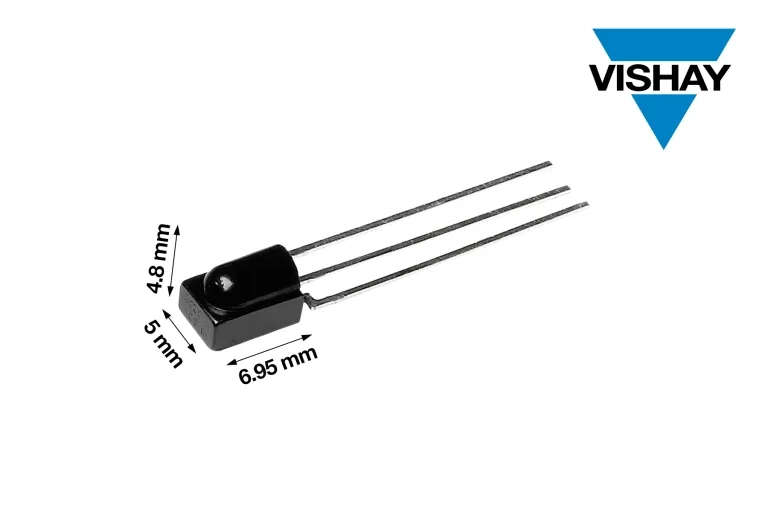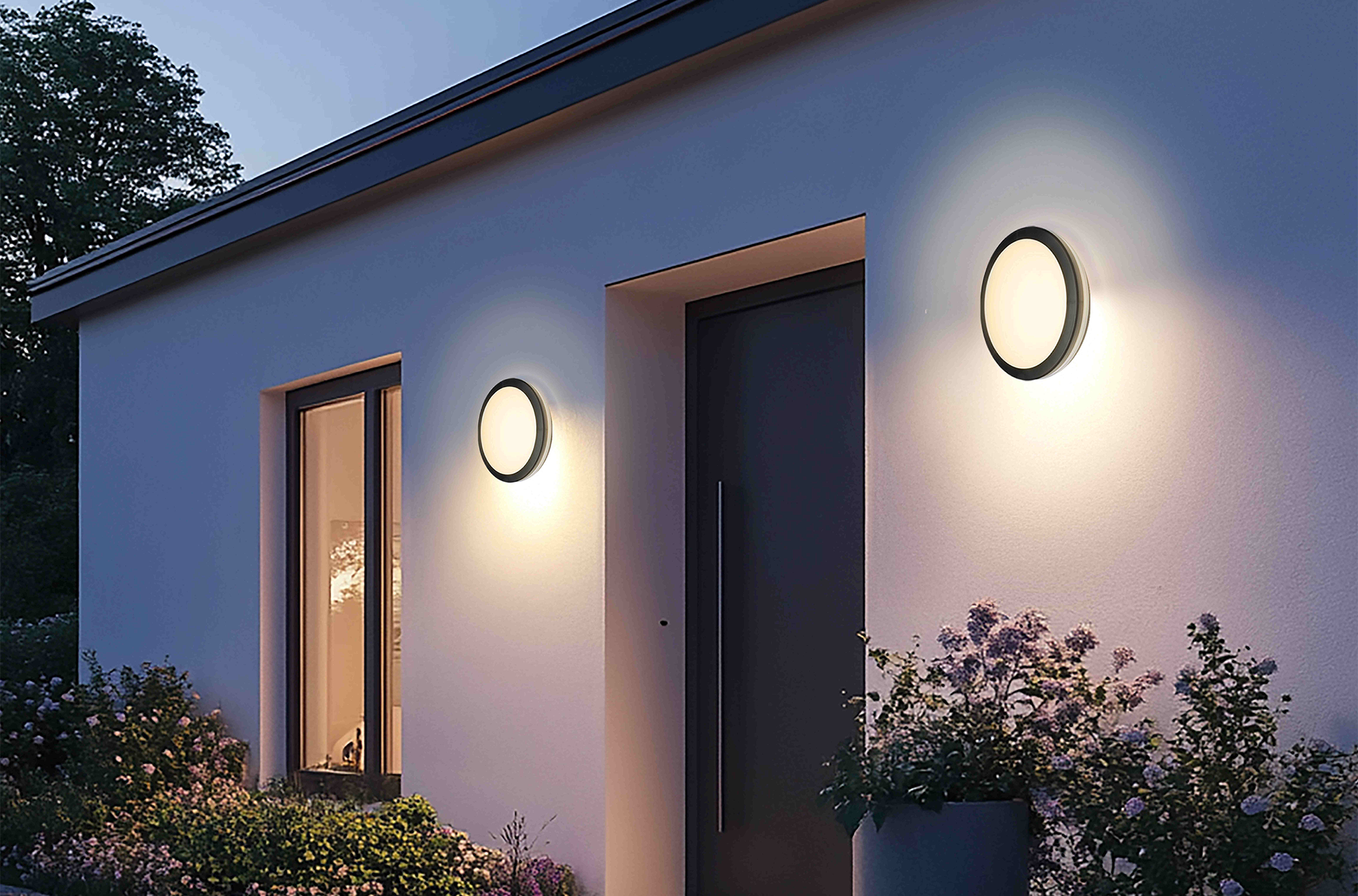
Luceco is launching a new selection of exterior decorative lighting, including solar lights and mains powered bulkheads, designed to enhance the aesthetic, safety and functionality of outdoor spaces. Each product in the range combines exceptional durability, high-quality technology and hassle-free installation.
Easy to sell; easy to install
Whether solar or hard-wired, Luceco’s new range of exterior lighting solutions are designed to be easy to install. The wired bulkheads come with an easy fix wall bracket for ease of installation while the solar products obviously do not require hard wiring. The overall offer is ideal for selling to today’s consumer, now that enjoying outdoor space, even year-round, is ever more important.
The whole Luceco outdoor decorative LED range is both durable and weatherproof with IP54+ ratings and tough materials to ensure year-round efficiency whatever the weather. The energy efficient solar-powered options have high-quality panels and PIR motion sensors to prolong battery life and provide reliable functionality.
Superb aesthetics
The new Luceco decorative lighting range is customisable lighting at its best. Multiple modes and colour temperature options ensure the perfect ambiance – or security – for any outdoor setting. With styles ranging from decorative lanterns to sleek wall lights and powerful security floodlights, there is something suitable for every outdoor area.
Luceco also includes the BG, Sync Energy and Masterplug brands and has over 70 years of industry experience.

